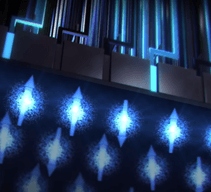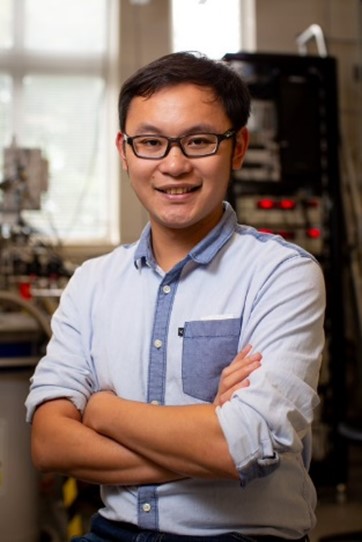COLLOQUIUM 2023
Quantum information processing with Group IV semiconductor
| Speaker | Dr Wister Wei Huang, ETH Zurich |
| Date/Time | Wednesday, 8 November, 4 PM |
| Location | via Zoom |
| Registration Link | https://nus-sg.zoom.us/webinar/register/WN_z2CWtf-LTlO3P_2-HZWUvw |
| Host | Asst/Prof Yvonne Gao |
Abstract
Semiconductor quantum dots hold promise as a scalable technology for mass-manufacturing, given their compatibility with contemporary chip fabrication processes. They are widely recognized as a contender for enabling quantum computing, drawing the attention and engagement of numerous globally renowned semiconductor firms such as Intel, IBM, and CEA Leti.
Group IV semiconductors are of particular interest due to the potential for isotopic nuclear spin purification to mitigate background nuclear spin noise. The diverse materials within Group IV exhibit varying degrees of spin-orbit coupling, which in turn influences the frequencies of Rabi oscillations and coherence times. Extensive experiments have explored quantum computing on various Group IV materials.

Graphene, serving as the host material for spin qubits, exhibits a lower natural concentration of nuclear spin alongside weak spin-orbit interaction, resulting in reduced magnetic and electrical noise. Its van der Waals coupling nature between different layers facilitates better interface control.
Silicon stands as the prevailing technology in the semiconductor industry, with its low spin-orbit coupling on the electron side being a notable advantage. This characteristic facilitates the achievement of superior operational fidelity among semiconductor qubits to date.
Although silicon-based transistor technology is well-established, germanium has re-entered the scene with the introduction of germanium-compatible high-permittivity dielectrics, having initially been set aside due to its unstable natural oxide. As a high-mobility semiconductor, germanium has regained the attention of the semiconductor industry.
In this presentation, I will recount and share recent progress in quantum dot-based spin qubits across a range of materials, highlighting the accomplishment of high-fidelity readouts, logic gates, and the deployment of multi-qubit systems, reflecting on my own experience in this field.

Biography
The speaker, now a Senior Scientist at ETH Zurich, leads pioneering experiments in spin qubit readout for bilayer graphene quantum dots and the creation of quantum dots in planar germanium heterostructures. His academic path began at the University of New South Wales in Australia, where he completed his PhD and postdoctoral research, specializing in silicon qubits. His notable research endeavors encompass the implementation of high-fidelity two-qubit logic gates in silicon quantum dots, thorough characterization of noise sources in silicon MOS qubits, achieving high-fidelity readout in bilayer graphene quantum dots, and investigating qubit scalability. His contributions have been recognized in high-impact journals such as Nature, Nature Nanotechnology, and Physical Review Letters.
